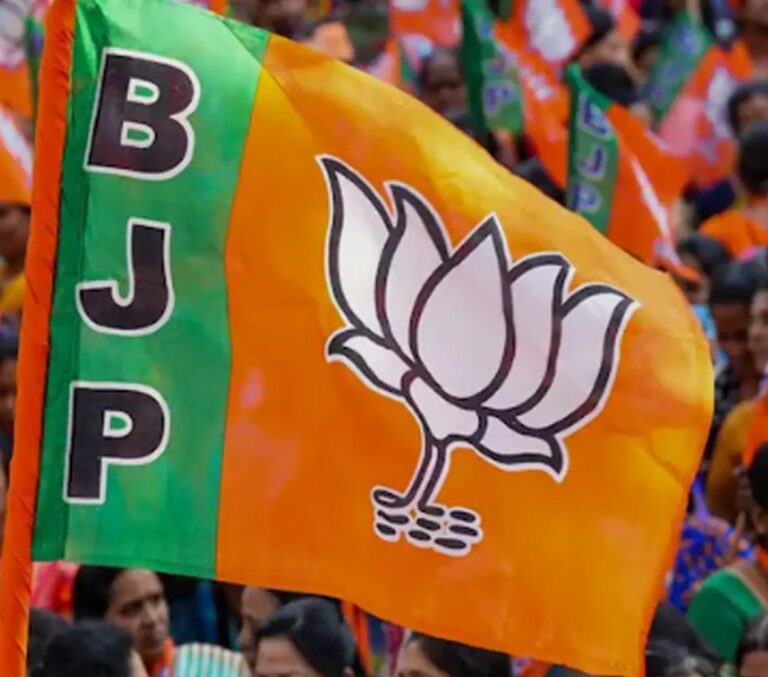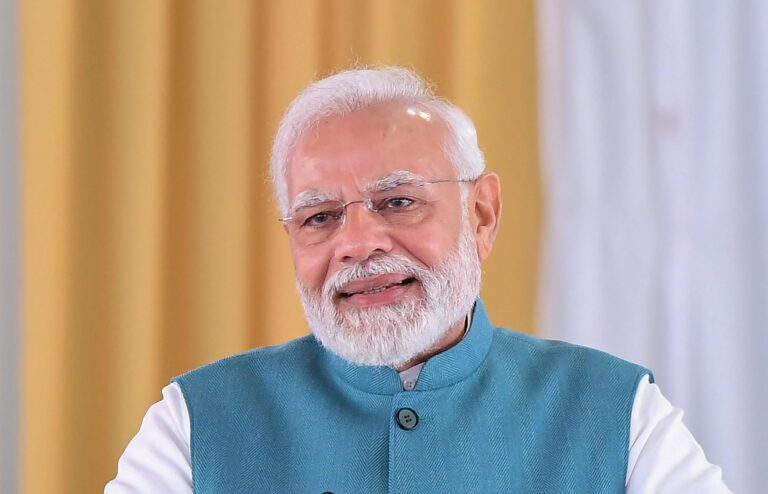
With all Pak air bases east of Indus exposed to India, Gen Munir will think 100 times before doing a Pahalgam again.
New Delhi: For all the bluff and bluster of Pakistan Army Chief Gen Asim Munir and frenetic gesticulations of Prime Minister Shehbaz Sharif, Pakistan has realised during Operation Sindoor that it does not have the strategic depth to take on the dominant Indian armed forces. Size ultimately matters.
Facing Baloch insurgency and Pashtun nationalism on its western front, Pakistan was caught in a cleft stick with India hammering its airbases and air defence systems east of the Indus and Taliban ruled Afghanistan refusing to provide any strategic depth to its vulnerable high-value targets. To add to Munir’s pain, Baloch insurgents were on a rampage targeting the Pak Army and blockading any movement of troops from the western to the eastern front, particularly Occupied Kashmir.
With nearly all of Pakistan’s air bases on the east side of Indus, Prime Minister Narendra Modi is spot on when he says that Indian armed forces can reach any corner of the Islamic Republic and strike at the enemy, Simply put, even if a Pak missile or two breaches the Indian air defence firewall, India has huge depth to protect its aircraft and air defence systems without compromising on retaliation time.
During the four-day retaliation, Pakistan was caught in a pincer by India with Munir’s charade being called out by Indian Air Force, which literally emasculated air defence systems of the enemy with precision-guided strikes from array of specific weapons and platforms. The Indian hit at Bahawalpur and Muridke was as much as a total humiliation for Munir as the decapitating of Chaklala, Sargodha, Lahore, Rafiqui air bases apart from forward bases like Pasrur, Bholari and Rahimyar Khan.
While the Indian Army got the adversary locked in a cross-LoC fire-fight, the Indian Navy ensured that Pak Navy remained huddled in the Karachi harbor, fearing the first strike. On May 10, the Indian Navy was waiting for a green signal from national security planners to do a missile strike at Karachi Naval port, but the Shehbaz Sharif government caved in and sued for no fire pact. Had Pakistan not sued for peace and run to the US and China for support, the Indian Navy was set to launch 200 missiles on the Karachi Naval Dockyard with the intention of totally incapacitating it for times to come.
Even though Indian did use part of its formidable drone, rocket and missile arsenal, the Indian big batters like the Apache attack helicopters and K-9 mobile artillery guns were waiting in the wings to decimate the Pak armor in Sindh and in the Thar desert. But Operation Sindoor showed that the battle has shifted from land to the air and the sea holds the strategic edge in case of vertical escalation.
While there is an opinion within a section of national security planners that Pakistan’s totally religiously radicalized Army may push Islamic terrorists to avenge Operation Sindoor in India, the lethality of the Indian strike without looking for any outside support must have put the fear of god into Rawalpindi as the odds are totally in favour of India in case of a terror strike response. Today neither Pakistan Army or its strategic jihadi assets have nowhere to hide from Indian arsenal and the Indian political leadership led by strong PM Modi has crossed the rubicon when it comes to succumbing to any international pressure. It is going to be along, dry summer for Pakistan with temperatures shooting both in Rawalpindi and Islamabad.




